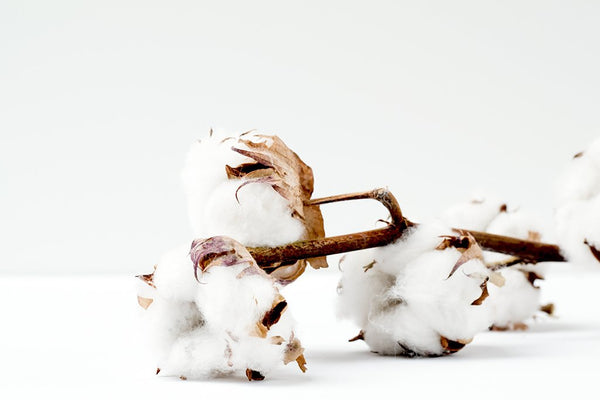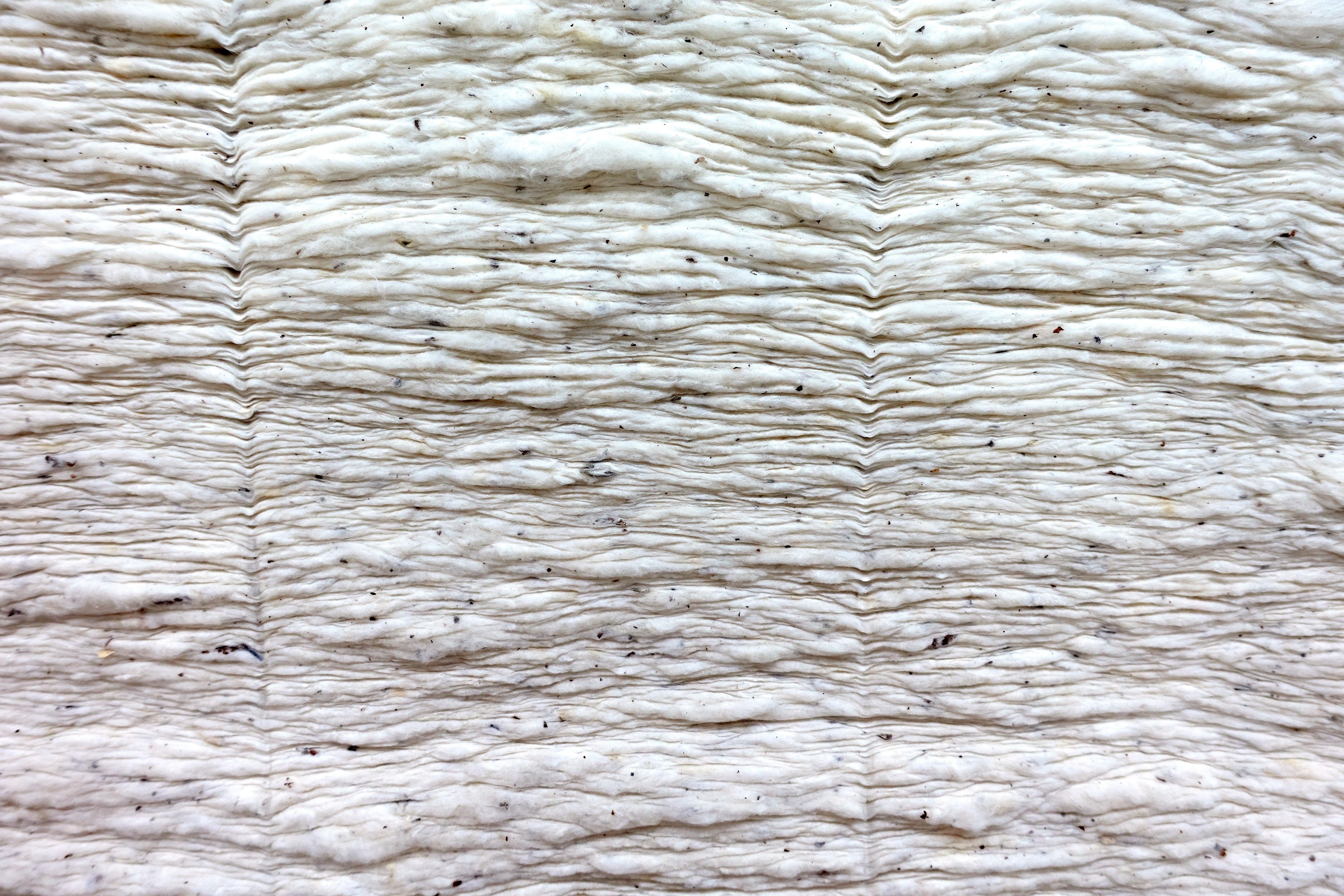Organic cotton is widely perceived as being better for the environment, but how much do we really know, and more importantly, do we care? Here are a few things to consider when facing the decision of whether to buy conventional cotton or go organic.

Dirtiest Crop on Earth
Conventional cotton has “earned” the title of being the dirtiest crop on earth. It consumes 16% of the world's insecticides and requires $2 Billion in pesticides each year. Pesticides and insecticides used in cotton production contaminate the soil we use to grow crops, the air we breathe and the water we drink. The deaths of animals exposed to these contaminants is counted in the millions every year.
Global consumption of non-organic cotton releases huge amounts of greenhouse gas into our atmosphere, about 220 million tonnes a year. 1 tonne of conventional cotton fiber produces 1.8 tonnes of CO2e. The damage caused to us and the environment by growing non-organic cotton is enormous and is a real threat to us and our planet.
2,700 Liters of Water
This is how much water is used to make one cotton t-shirt. Did your stomach just turn a little? It should.
Although 70% of our planet is covered in water, only 3% is freshwater and just 1/3 of that 3% is available for us to use. 1 billion people don’t have access to freshwater and 2.4 billion people suffer from inadequate sanitation. Millions of people, mostly young children, die each year due to water-borne illnesses caused by inadequate sanitation and lack of water. Yet we still use 10,000 liters of water to process just one single kilo of conventional cotton.
Cancer, anyone?
Global organizations estimate thousands of people exposed to the chemicals used in non-organic cotton production die of cancer, poisoning, and miscarriages each year. Many also suffer from birth defects and other diseases such as asthma. The exposure to these toxic chemicals is taking its toll mostly in developing countries, such as India and Uzbekistan.
Not fair.
About 100 million households are engaged in growing and producing cotton and 300 million people work in the cotton sector as a whole. The majority of cotton farmers and workers live in developing countries, work extremely long hours, are exposed to poisonous substances daily and earning very little in wages. In fact, many of them have unsustainable debts because they are unable to keep up with employer demands. Other factors such as climate change, decreasing prices of cotton and tough competition from farmers in rich countries don’t make it any easier. Sadly, suicide rates among cotton farmers have been high in the last 20 years. In the year of 2013 alone 11,772 farmers committed suicide in India, that’s 44 farmers a day! A rule of thumb- if a cotton product is outrageously cheap, then know that someone else has paid the price.
What Can We Do about it?
Organic cotton is grown without harmful chemicals, leaving the soil, air and water free from contaminates that cause harm. Organic cotton produces around 46% less CO2e compared to conventional cotton.
It also uses far less water to grow since organic cotton growers typically utilize rain far more than irrigation. On top of all that, organic cotton growers use beneficial insects to control unwanted pests instead of relying on harmful chemicals, thus encouraging biodiversity. It's a win-win for humanity and earth.
It is also known that various skin allergies relate directly to the chemicals used in non-organic cotton farming. Many people with skin problems report a dramatic improvement in their skin condition once they switched to organic.
By choosing to buy organic cotton you are enhancing the health of humans, animals and natural resources around the world.
Supporting organic agriculture is also essential if we want to create improved working conditions for cotton farmers because farming organic cotton is more regulated, and therefore, fairly traded.
Would you really want the “dirtiest crop” next to your and your children's skin? Didn’t think so. Babies and young children are the most vulnerable to health issues related to pesticides. When you choose to use organic cotton you spare your kids from the exposure to these harmful substances and ensure a safe and healthy sleeping environment.
So there you have it. Organic cotton is not only better than conventional cotton, it is the future if we are serious about making big changes in the health of our families, our communities, and our planet. Organic cotton? Yes, please!
Read more here, why organic cotton is the best choice.
Sources and further information on the topic:
https://www.soilassociation.org/media/6491/cool-cotton-organic-cotton-and-climate-change-2015.pdf
http://textileexchange.org/wp-content/uploads/2017/06/Textile-Exchange_Quick-Guide-To-Organic-Cotton_2017.pdf
https://www.global-standard.org/
https://www.icac.org/getattachment/Home-International-Cotton-Advisory-Committee-ICAC/measuring-sustainability-cotton-farming-full-english.pdf






